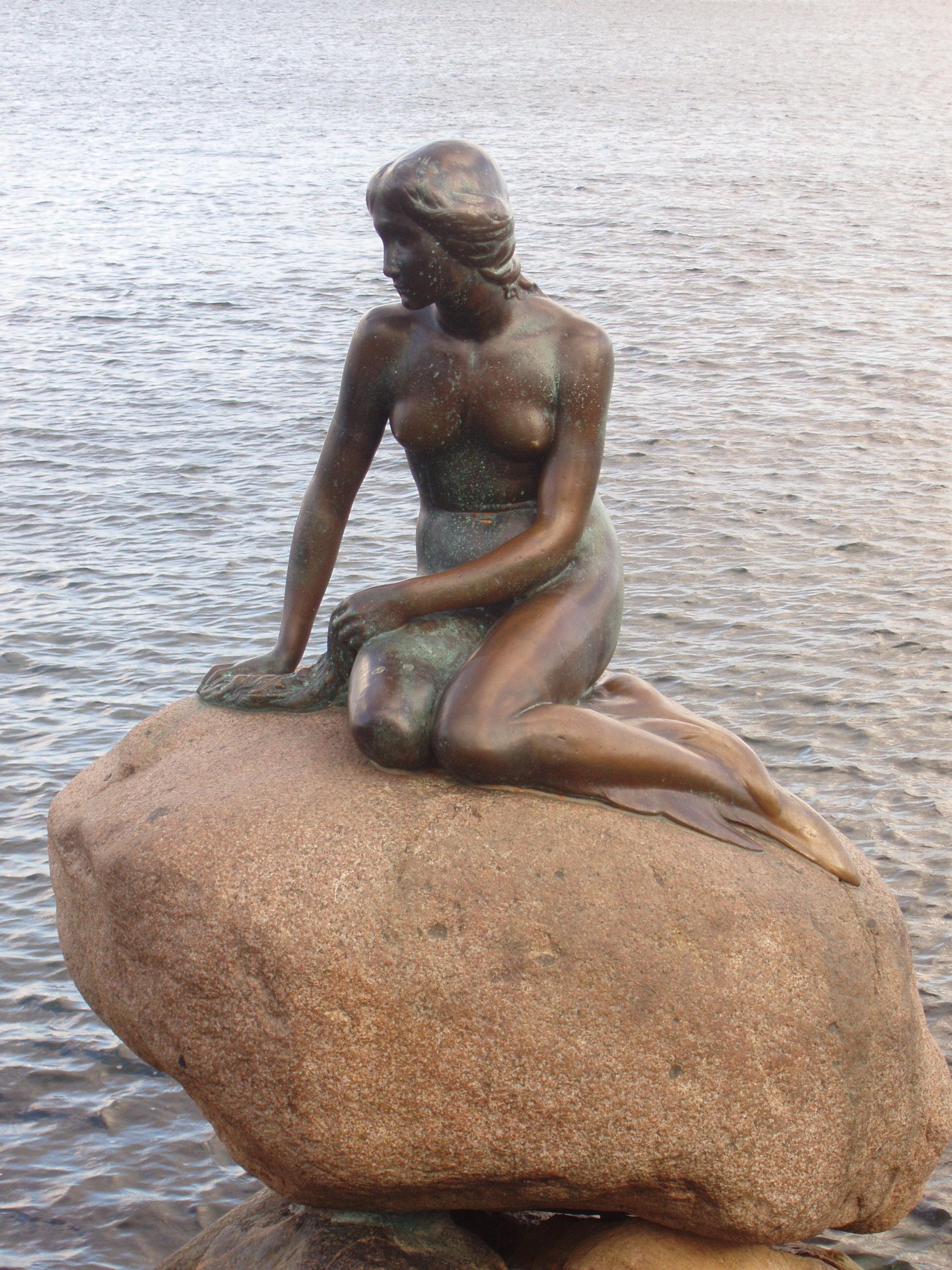
| prev | table of contents | next |
An element containing a JPEG image has an XML schema definition like this:
<?xml version="1.0"?>
<xs:schema xmlns:xs="http://www.w3.org/2001/XMLSchema"
xmlns:tns="http://example.com/know-type"
xmlns:xmime="http://www.w3.org/2005/05/xmlmime"
targetNamespace="http://example.com/know-type">
<xs:import namespace="http://www.w3.org/2005/05/xmlmime"
schemaLocation="http://www.w3.org/2005/05/xmlmime"/>
<xs:complexType name="Item">
<xs:sequence>
<xs:element name="JPEGPicture" type="xs:base64Binary"
xmime:expectedContentTypes="image/jpeg"/>
</xs:sequence>
</xs:complexType>
<xs:element name="Picture" type="ItemType"/>
</xs:schema>
The <xs:import> element is not required; JAXB
appears to "know" about this namespace. The schema type
xs:base64binary is the type best suited for
representing image data.
To create XML content and to marshal an instance document containing
an image you can write code to create an object of type
Image and set its reference in the appropriate
element of the content tree:
BufferedImage bimg = ImageIO.read( imgFile ); Image img = bimg.getScaledInstance( 512, -1, Image.SCALE_DEFAULT ); // Create the Item element and store the image reference ItemType itemEl = of.createItemType(); itemEl.setJPEGPicture( img ); JAXBElement<ItemType> jbe = of.createPicture( itemEl );Unmarshalling is just as simple. You extract the
Image
object from its parent element and call Graphics.drawImage()
with this object as the first argument.
// Get the image from the content tree. JAXBElement<ItemType> jbe = ...; Image img = jbe.getValue().getJPEGPicture(); // Draw it Graphics g = ...; g.drawImage( img, 0, 0, null );Well, and here she is:

| prev | table of contents | next |